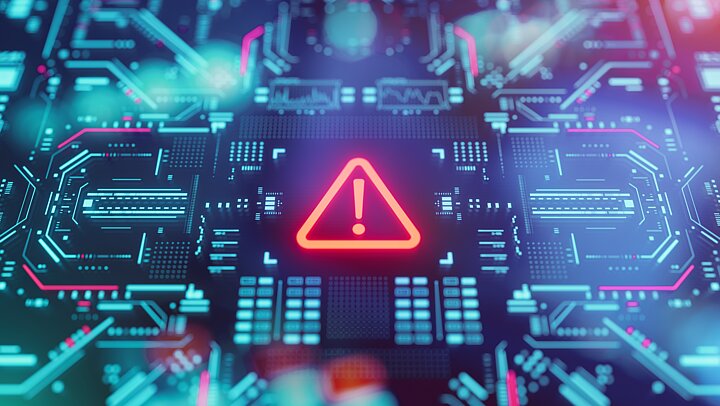Significance and dimensions
Modern cybersecurity is a key element of global stability, protecting countries and organizations from the growing threat of cyberattacks. Its effective functioning requires a comprehensive approach that takes into account various aspects and potential consequences for multiple sectors and industries.
In light of the escalation of cyberattacks linked to the conflict in Ukraine and NATO's 2016 decision to declare cyberspace an official domain of warfare, the importance of this topic is now greater than ever.
In the face of the COVID-19 pandemic and the widespread shift to remote work, cybercriminals have been quick to adapt, taking advantage of new opportunities to intensify their operations. Adaptation to the new work model has exposed some vulnerabilities in IT systems, causing increased susceptibility to various types of attacks.
With the increase in the number of people working from home, phishing attacks and other social engineering techniques that exploit employees' low awareness of cyber security have gained in strength.
The number of ransomware attacks and their level of professionalization have also increased significantly, leading to the disruption of hundreds of thousands of businesses. Moreover, the pandemic has served as a pretext for spreading false information and increasing the negative impact of disinformation activities on societies' resilience.
With the onset of the war in Ukraine, an unprecedented increase in both the number and complexity of cyberattacks has been observed. The aggressor, along with its allies, is exploiting cyberspace to conduct intelligence activities, attack critical infrastructure, defense and official government services, and conduct disinformation campaigns.
The escalating activity of cyber criminals underscores the need to intensify active defense efforts, continuously improve detection mechanisms and strengthen international information sharing.

